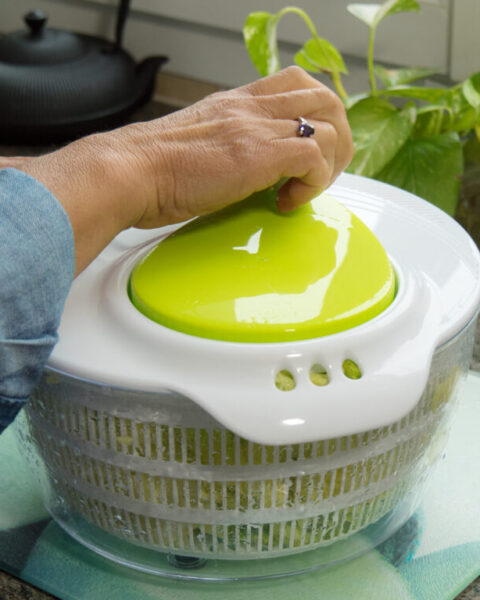Ever wondered what to do with those leftover vegetable bits and ends? Instead of tossing them out, why not regrow them? Regrowing foods from scraps is a fun, eco-friendly way to get more from your groceries. Discover which foods you can easily bring back to life in your own home.
Contents
- 1 Green Onions
- 2 Lettuce
- 3 Celery
- 4 Carrots
- 5 Potatoes
- 6 Garlic
- 7 Ginger
- 8 Basil
- 9 Cilantro
- 10 Lemongrass
- 11 Romaine Lettuce
- 12 Sweet Potatoes
- 13 Onions
- 14 Pineapple
- 15 Avocado
- 16 More From RetailShout
- 17 6 New and 10 Returning Items Of The Week At Trader Joe’s (10/14 – 10/21)
- 18 9 ALDI Bargains Under $4 You’ll Want to Stock Up On
Green Onions
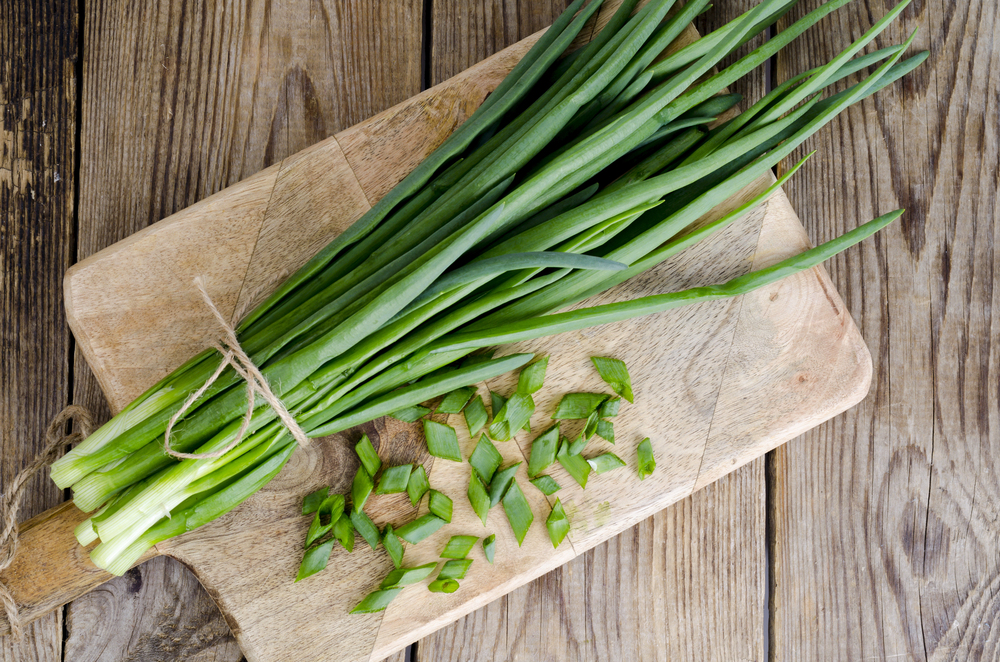
Green onions are incredibly easy to regrow from scraps. Simply place the white roots in a glass of water and leave them on a sunny windowsill. Within a few days, you’ll see new green shoots emerging. This process can be repeated multiple times, providing a continuous supply of fresh green onions.
Lettuce
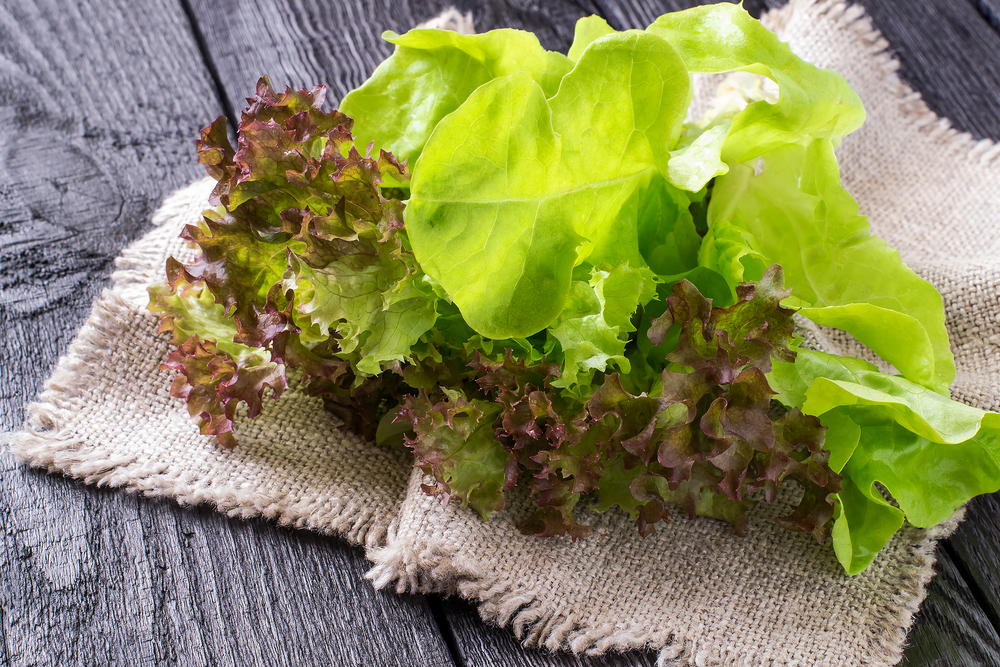
Lettuce can be regrown by placing the base of the head in a shallow dish of water. Keep it in a sunny spot and change the water every few days. New leaves will start to sprout in about a week. Once they are big enough, you can transplant them into soil for a fuller growth.
Celery
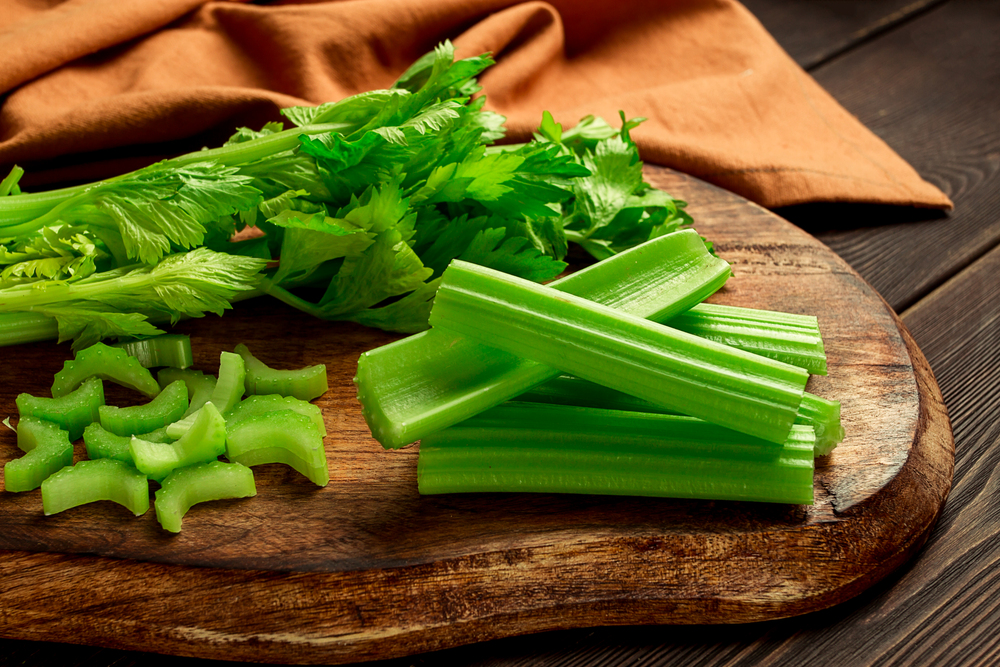
Celery is another vegetable that regenerates easily from its base. Place the base in a shallow dish of water, ensuring it’s kept in a sunny location. New growth will begin in about a week, and after a few weeks, you can transplant it into soil. You’ll soon have fresh celery stalks ready to harvest.
Carrots
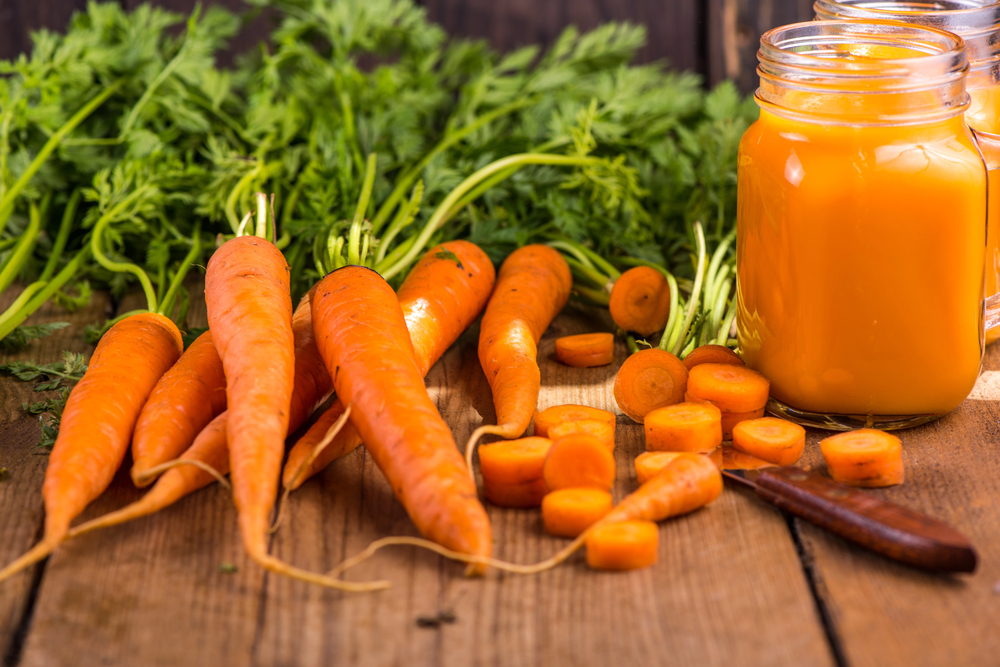
Carrot tops can be used to grow new carrot greens. Cut off the top of the carrot and place it in a shallow dish of water. Keep it in a sunny spot, and within a few days, you’ll see green shoots emerging. While you won’t get new carrots, the greens are edible and can be used in salads and soups.
Potatoes
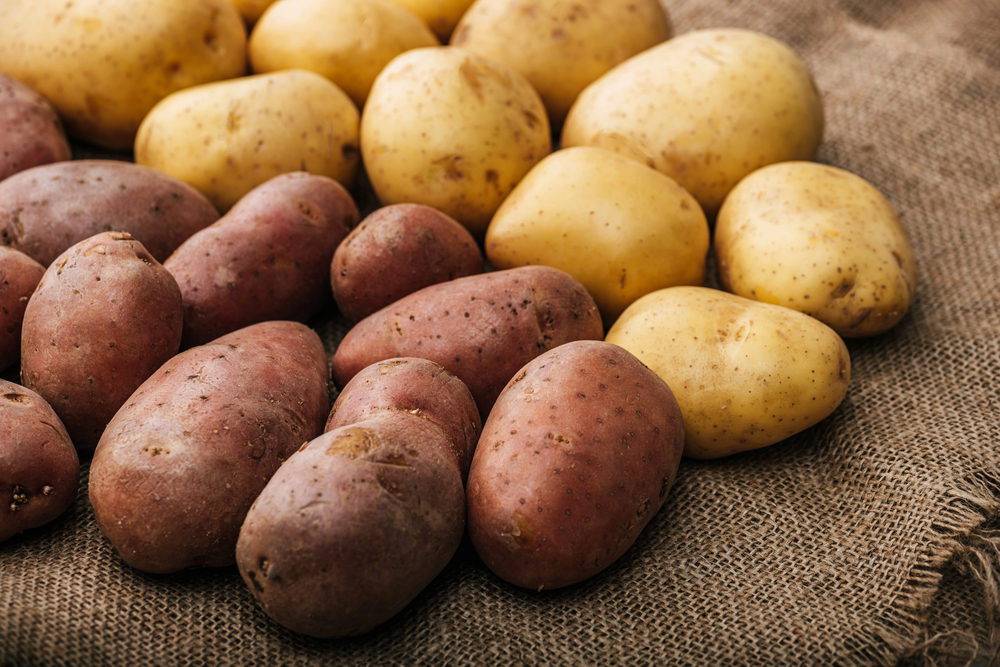
Potatoes can be regrown from the eyes or sprouts on the tubers. Cut the potato into pieces, making sure each piece has at least one eye. Let them dry out for a day before planting them in soil. In a few weeks, new potato plants will start to grow, eventually yielding a fresh crop.
Garlic
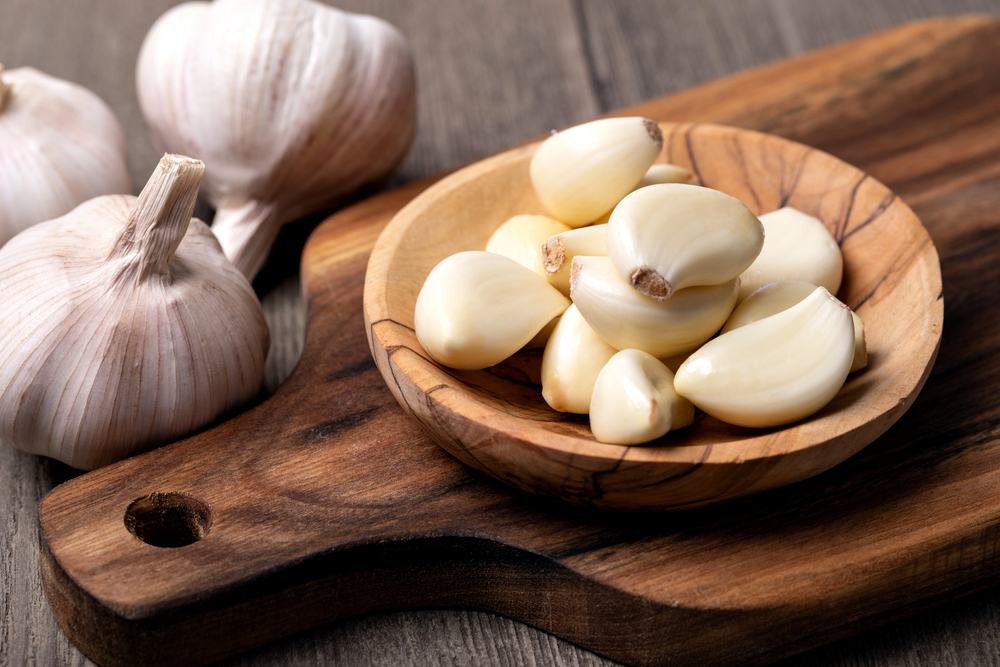
Garlic cloves can be planted to grow new garlic bulbs. Simply take a clove and plant it in soil with the pointed end facing up. Place it in a sunny spot and water regularly. Over time, the clove will develop into a full garlic bulb.
Ginger
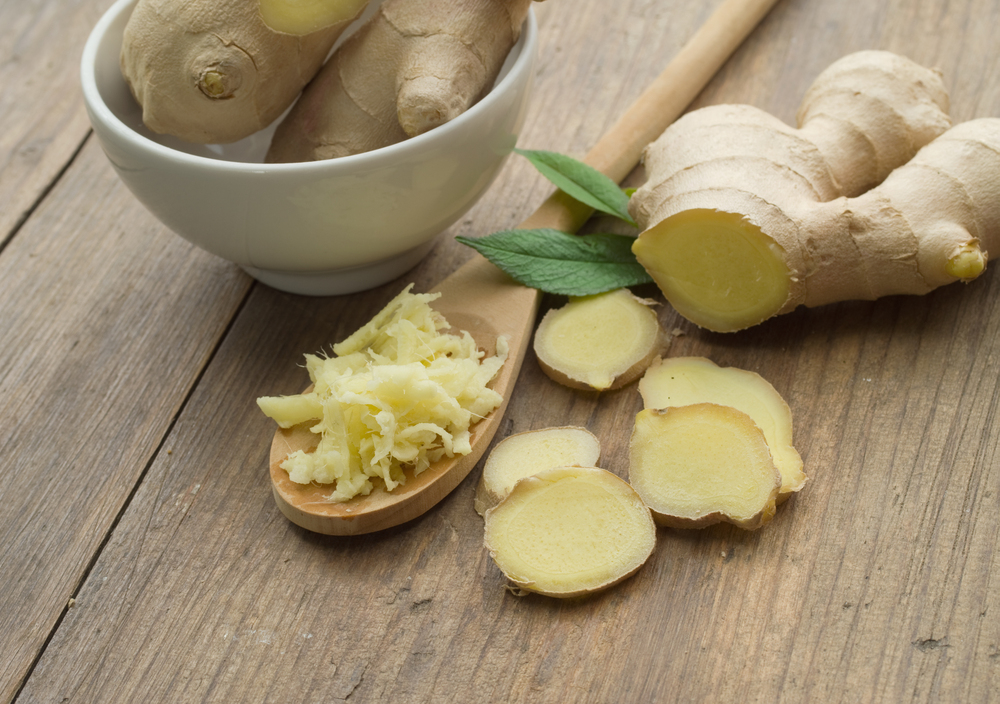
Ginger is easy to regrow from a piece of the root. Choose a piece with visible eyes or buds, and plant it in soil with the buds facing up. Keep the soil moist and place it in a warm, indirect light. New shoots will appear in a few weeks, and the root will continue to grow.
Basil
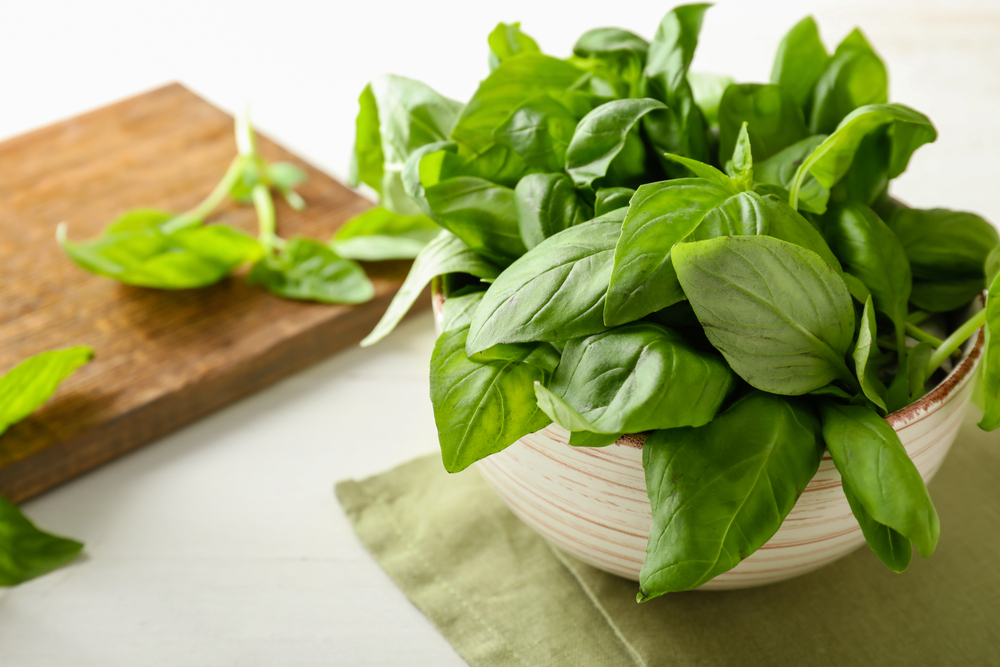
Basil can be regrown from cuttings by placing a stem with leaves in a glass of water. Put the glass on a sunny windowsill and change the water every few days. Roots will start to develop in about a week. Once the roots are a few inches long, you can plant the basil in soil.
Cilantro
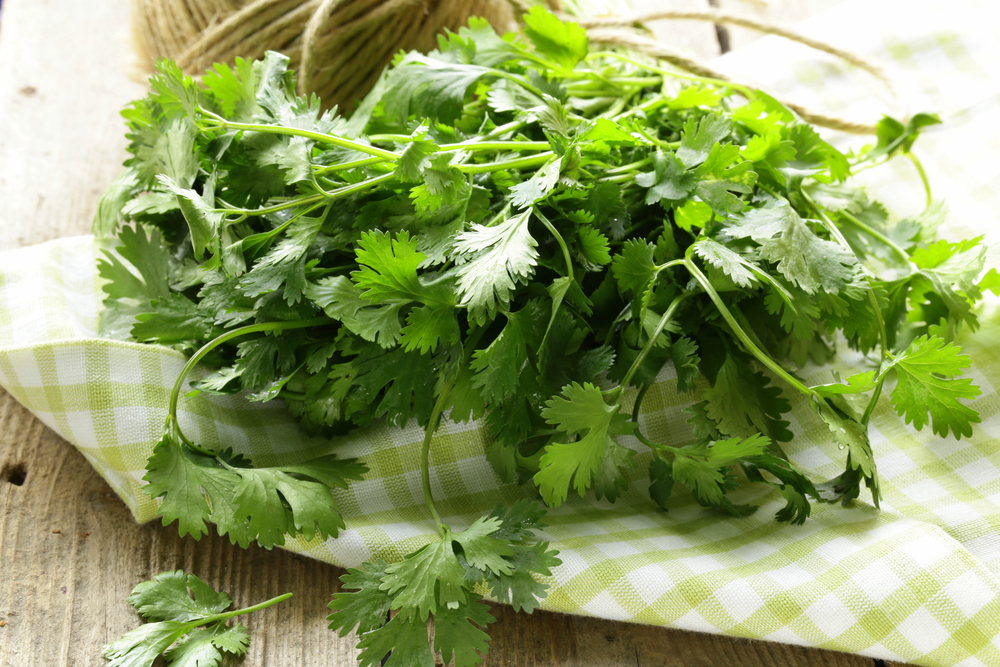
Cilantro can be regrown by placing the stems in a glass of water. Keep the glass in a sunny spot and change the water every few days. Roots will begin to form in about a week. Once the roots are well established, you can transplant the cilantro into soil.
Lemongrass
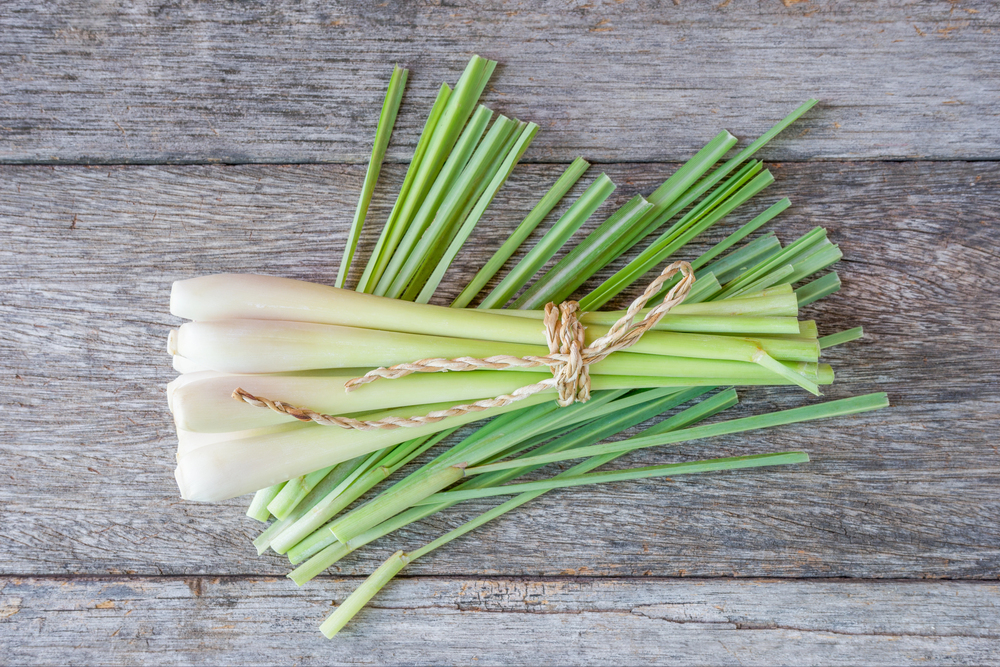
Lemongrass stalks can be regrown by placing the base in a glass of water. Keep it in a sunny location and change the water regularly. New roots will form in about a week. When the roots are strong enough, you can transplant the lemongrass into soil.
Romaine Lettuce
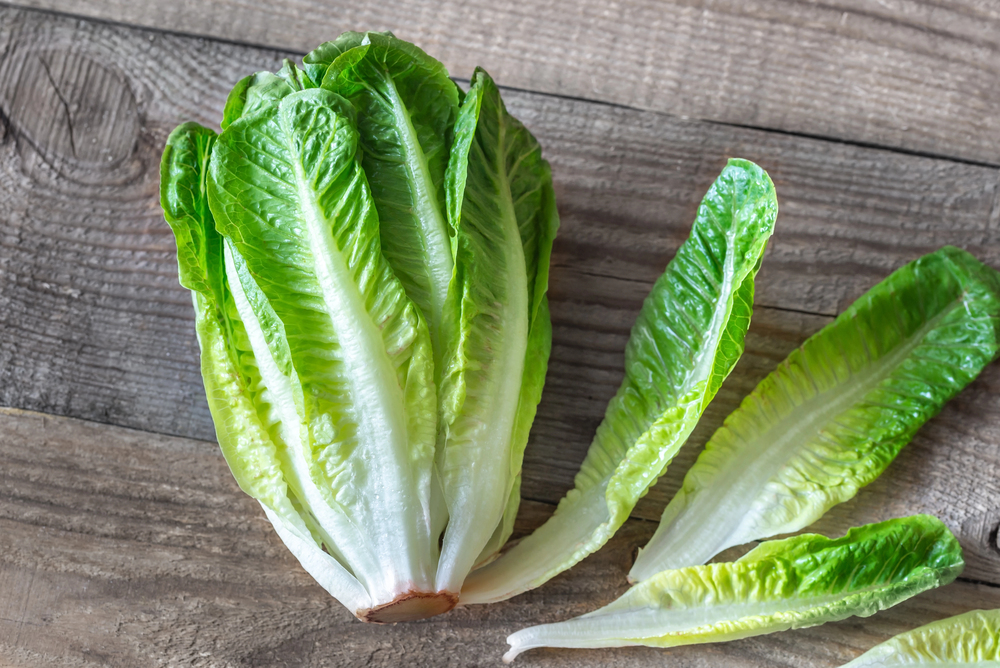
Romaine lettuce can be regrown from the base of the head. Place the base in a shallow dish of water and keep it in a sunny spot. New leaves will start to grow within a week. Once the leaves are a few inches tall, you can transplant it into soil for continued growth.
Sweet Potatoes
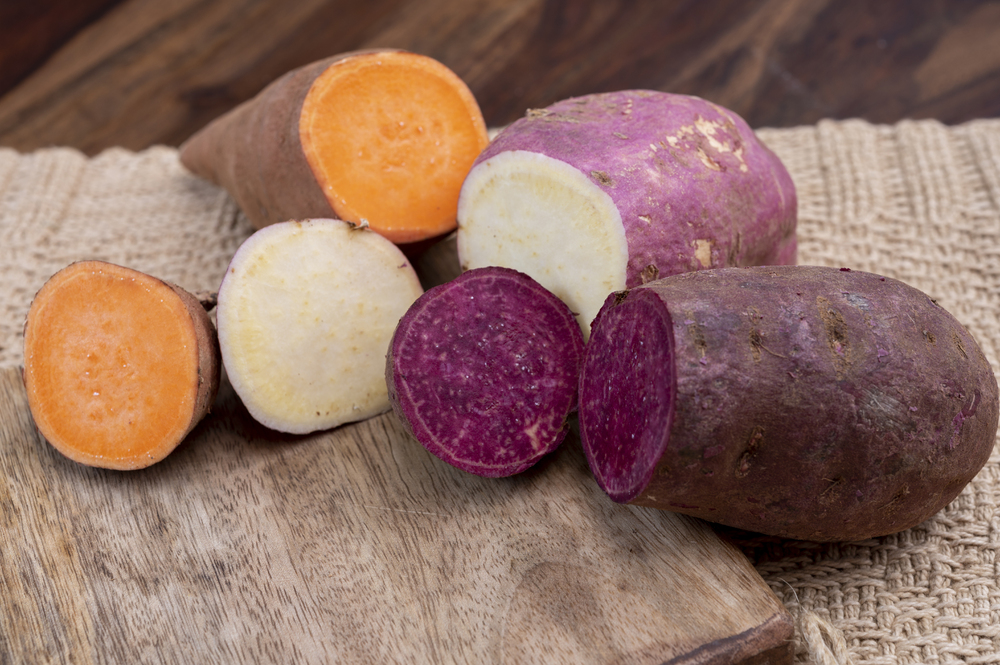
Sweet potatoes can be regrown by suspending a sprouting potato in water. Use toothpicks to hold the potato half-submerged in a jar of water. Place it in a sunny spot, and within a few weeks, slips will start to grow. These slips can be planted in soil to produce new sweet potatoes.
Onions
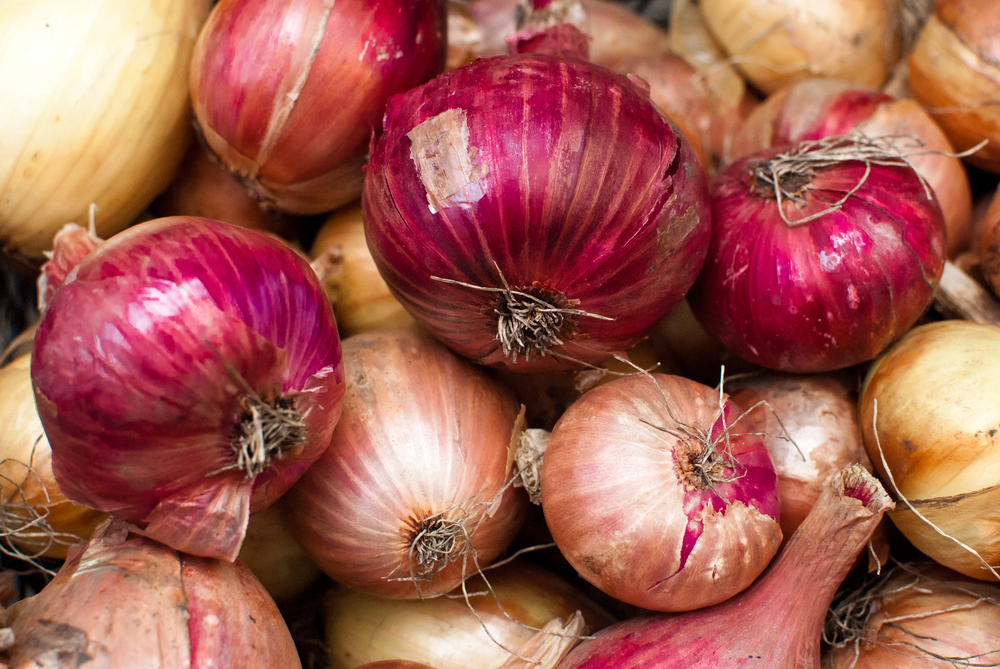
Onions can be regrown from the bottom part of the bulb. Cut off the root end and place it in a shallow dish of water. Keep it in a sunny spot, and new roots and shoots will start to grow. Once the roots are established, you can transplant the onion into soil.
Pineapple
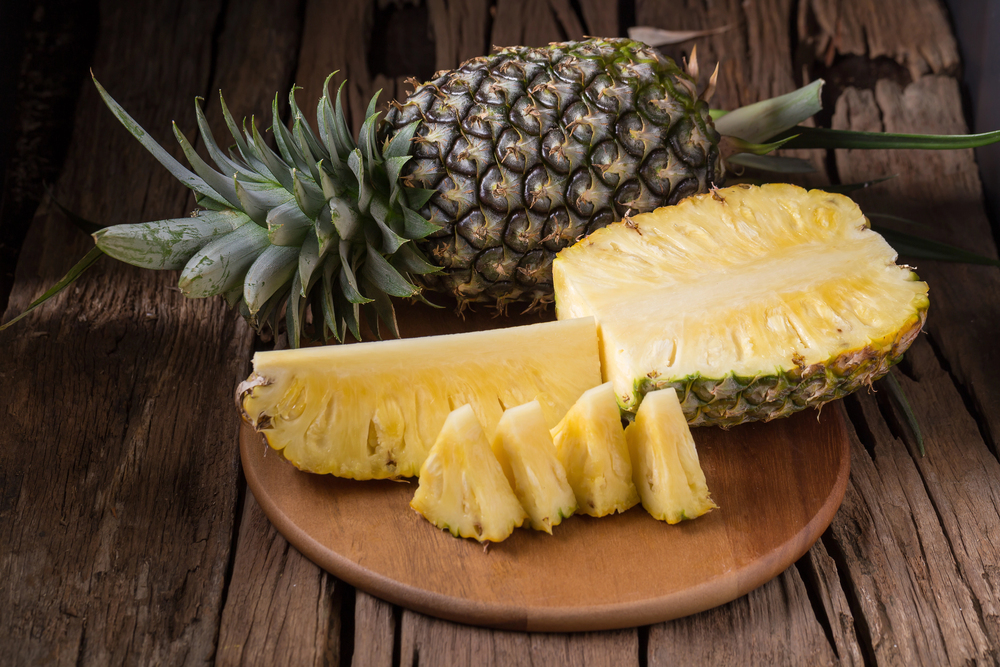
Pineapple tops can be regrown by cutting off the leafy crown and letting it dry for a day. Plant the crown in soil and keep it in a sunny spot. Water it regularly, and within a few weeks, new roots will start to develop. Over time, the plant will grow, and with patience, it may produce a new pineapple.
Avocado
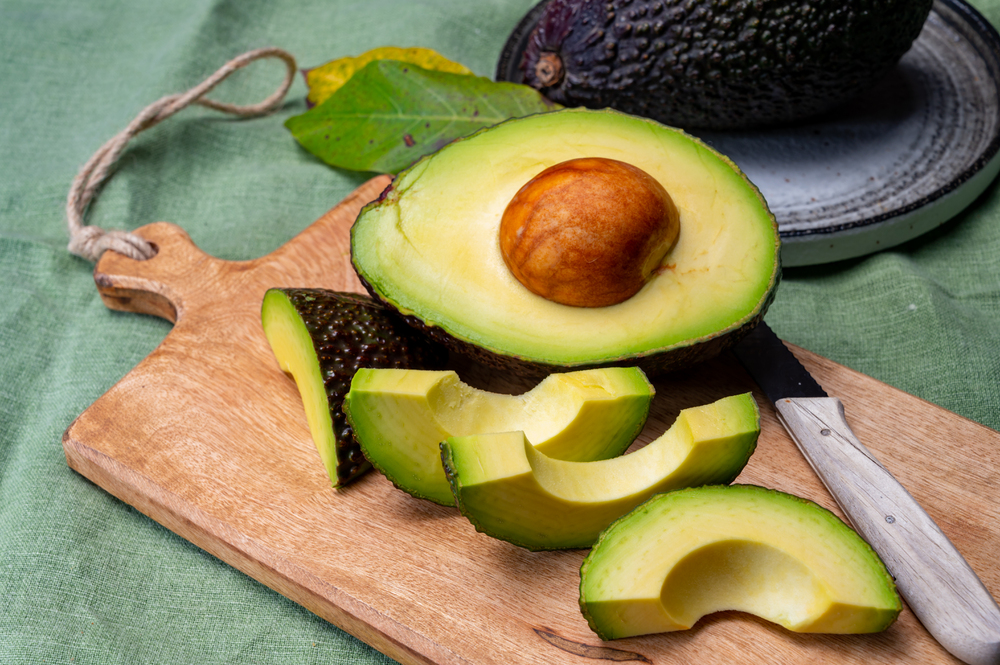
Avocado pits can be used to grow new avocado trees. Clean the pit and suspend it over a glass of water using toothpicks. Place it in a sunny spot, and in a few weeks, roots and a stem will start to grow. Once the stem is a few inches tall, you can transplant it into soil for continued growth.
This article originally appeared on RetailShout.
More From RetailShout
14 Delicious Trader Joe’s Appetizers for Your Next Party

Planning a party can be a blast, but finding the perfect appetizers to wow your guests? That’s where it gets tricky. Luckily, Trader Joe’s is a goldmine for crowd-pleasing snacks that are both delicious and easy to serve. Read More.
6 New and 10 Returning Items Of The Week At Trader Joe’s (10/14 – 10/21)
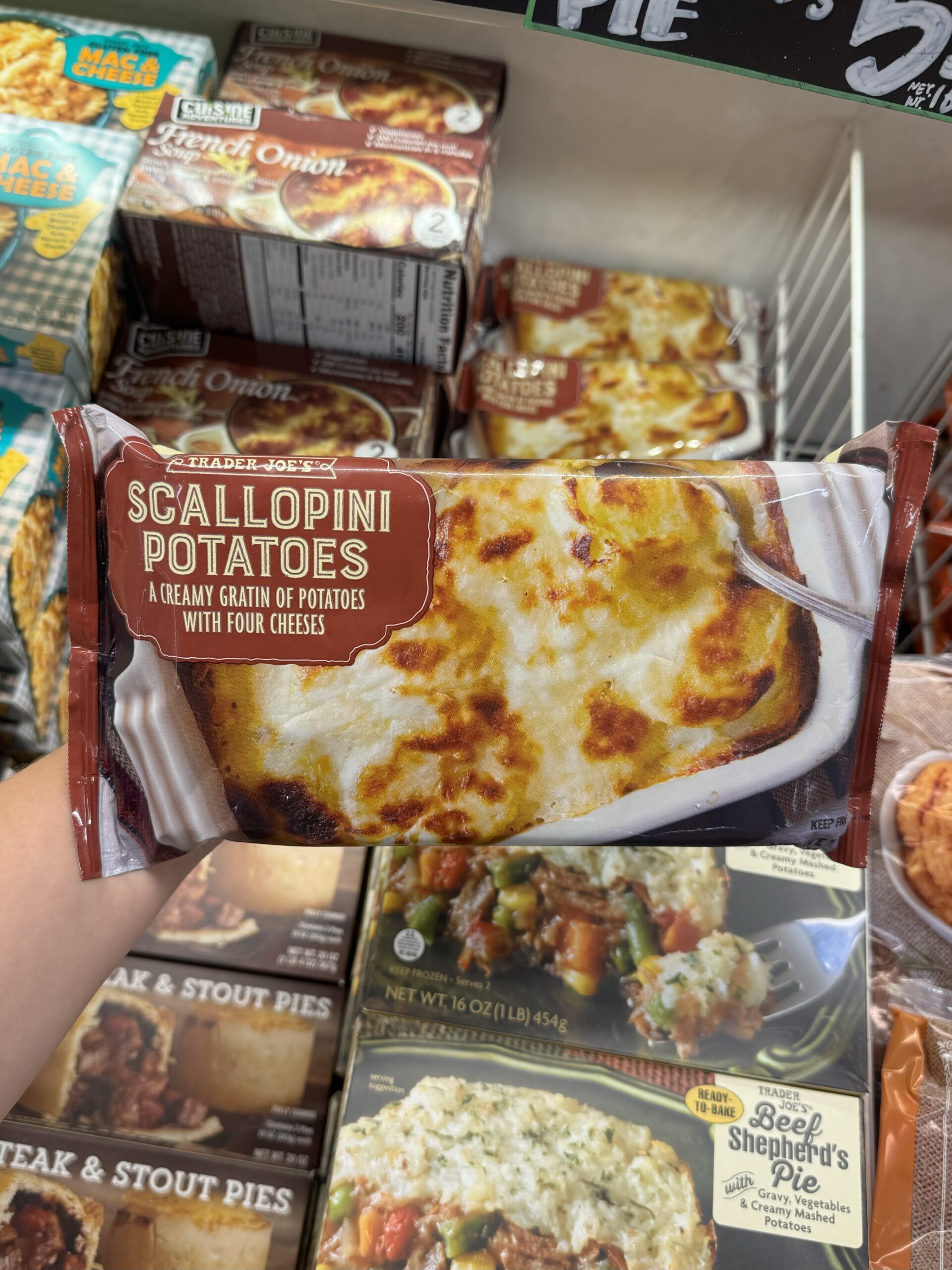
Another week, another set of exciting new and returning items at Trader Joe’s! From seasonal favorites to fresh finds, this week’s lineup has something for everyone. Read More.
9 ALDI Bargains Under $4 You’ll Want to Stock Up On

At Aldi, you can find some incredible deals that don’t just save you money but also bring a little extra joy to your pantry. These under-$4 gems are the kind of treats you’ll want to grab while they’re on the shelves. Read More.

